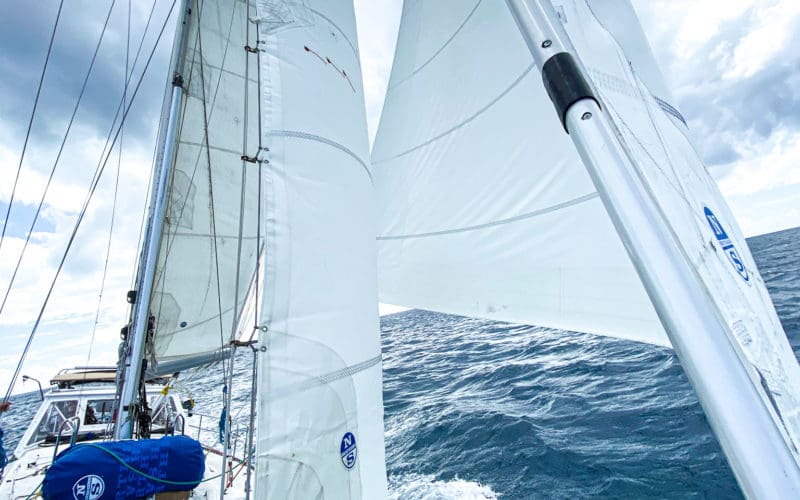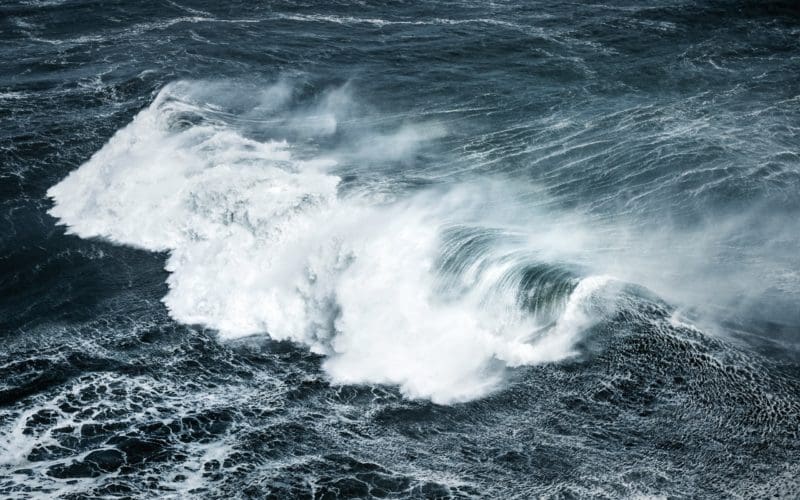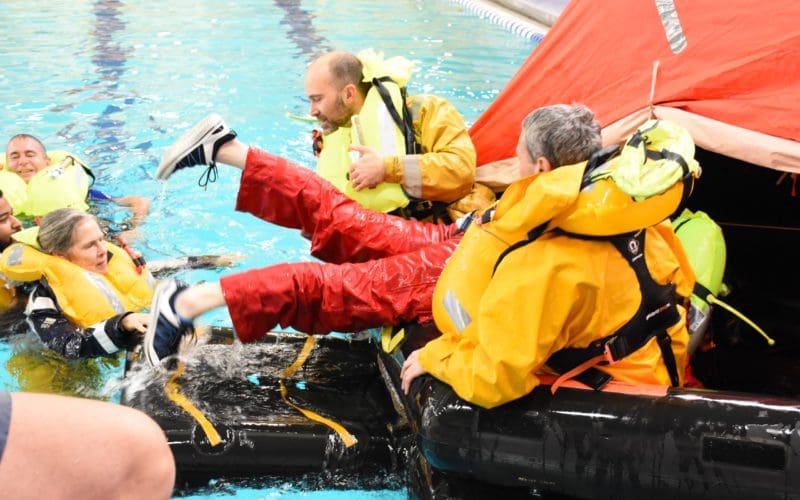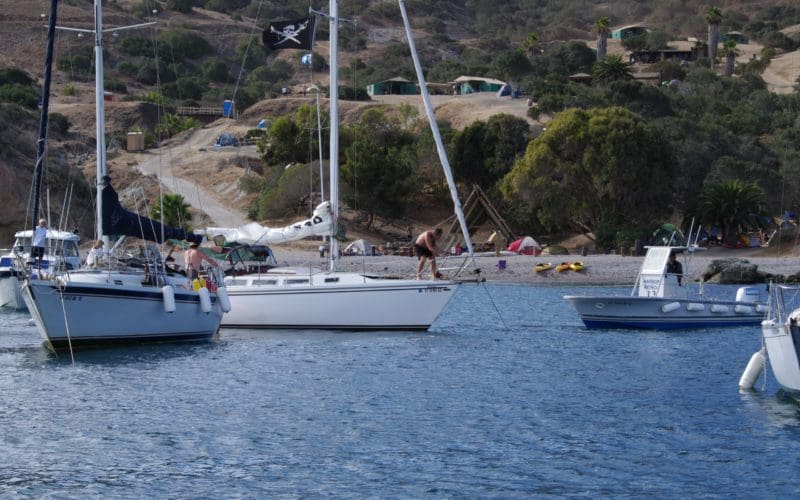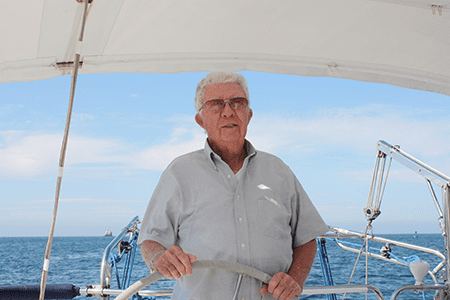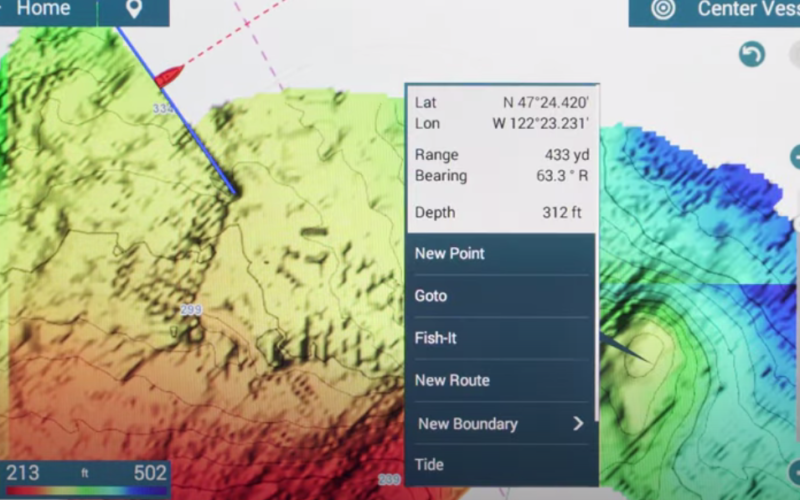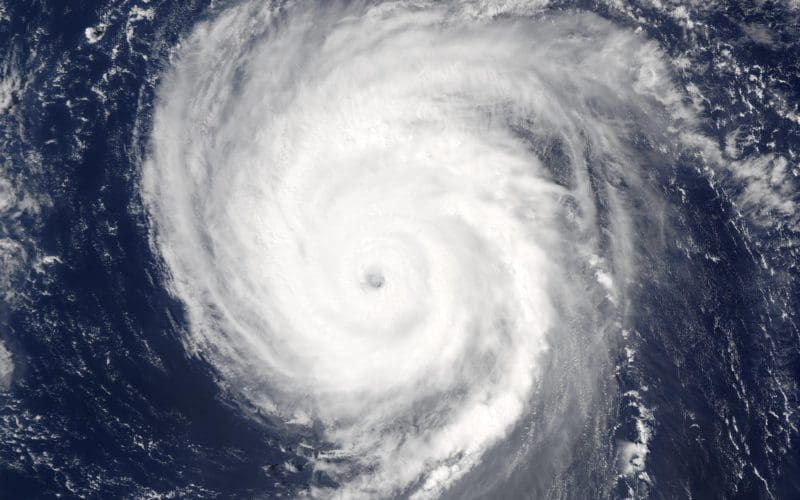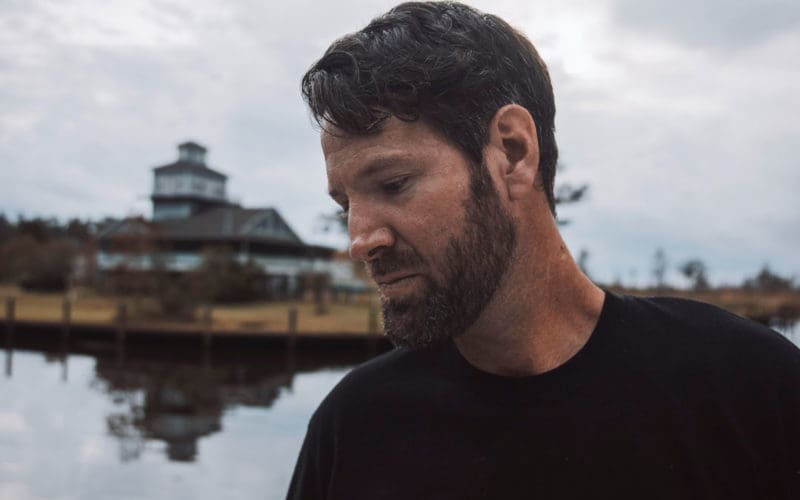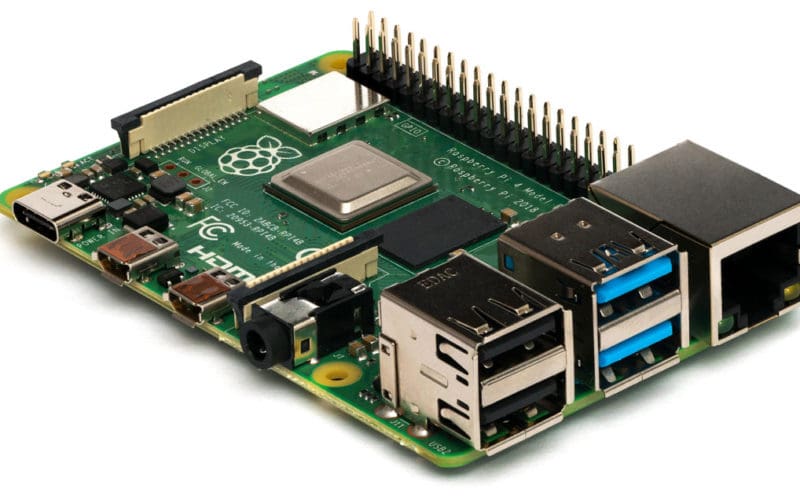14
Apr
New sails can be one of the largest single expenses in the life of a cruising sailboat. As a boat owner, you have myriad sources for new sails, including local sail lofts, online sailmakers, and multi-national companies. You’ll also have to choose the type of sail material, construction technique, shape and size, as well as other design features. Like all things sailing, rarely does one best solution exist for upgrading sails. The following is an interview with three different actively cruising sailboats and their recent experiences with buying new sails. How did you know it was time for new sails?…

